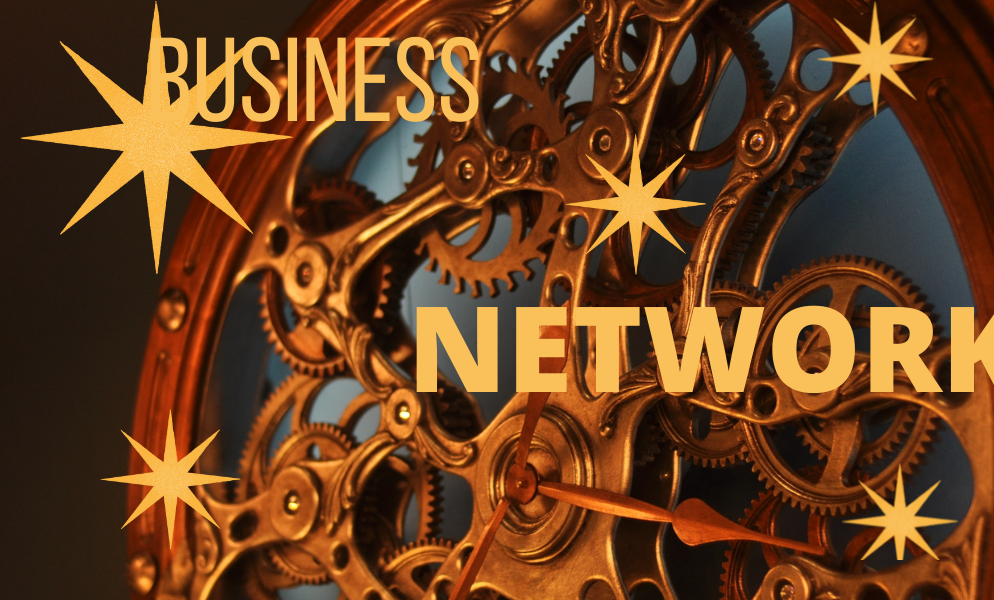Information Age Thinking Needs Information Rich Leadership
Boards always ask the hardest questions. That is why these gentlemen (and ladies) get to be on the boards.
They know just the right questions to ask at the right moment. Towards the end of this blog I will relate my recent experience with one such question.
They may not know the answer, but they know that they are facing fundamental disruption.
And, they take their roles very seriously. Sometimes, more so than the management.
In their eternal quest to continued effectiveness, boards face two fundamental set of choices:
Information Age think of Supply Chain
On one hand, they can massage the quarterly (or monthly, or annual) numbers and pretend that the results are much better than the actual results.
A temporary high can be achieved month after month, quarter after quarter, year after year till the fiction can be no longer upheld.
Then you end up losing a tremendous part of your market value in a short period of time.
While this story is all too common, the most usual alternative is not pretty either – read the story I recount in this blog post.
So why do many companies resort to massaging numbers? Are they not aware of the consequences?
Or, are they just hoping to kick the can down the road till the next market explosion?
One of the reasons is clearly hard nature of the other side of the road.
To achieve fundamental disruption you need to apply relentless thinking.
Fundamental Think of Supply Chain
But clearly thinking is not enough. There are already enough strategists who have done nothing else but thinking (and writing what they think).
Action requires confidence
If you are wondering why so many of strategists’ reports just gather dust on office shelves – the real answer is simple. Lack of confidence.
In what
Confidence in the findings, as well as, in the ability to implement the recommendations.
After all, by now we have a generation of advisers who have made nothing but slides all their lives. Most practitioners have serious issues with that.
Hidden Power of Business Networks Supply Chain
Fundamental Strategic Flaw in Most Disruptions
Most strategies fail to foster confidence because they are based on industrial age thinking. You cannot fault the managers.
Even the best business schools continue to teach outdated industrial age thinking today.
And, in the rough and tumble of the real world, very few managers have time to think and work out that they have been taught an outdated business thinking process.
I have written many blogs on the difference between the industrial age thinking and the information age thinking,
so I will not repeat entire blog posts here. But I will put in one simple slide to highlight the difference:
Traditional Supply Chain
Source: A Fiduciary Board Report – The Future Of Business In The Age Of B2B Networks,
So while leaders talk about disruption, there actions remain embedded in traditional thinking.
Fresh thinking is even harder than traditional thinking. Not just that, there is a new kind of leader that is required for disruption.
For strategists data is everything – it allows them to focus on the select few things that matter.
Information age thinking needs information rich leadership.
Supply Chain CEOs think differently. They are able to focus on the entire B2B network simultaneously – both on the demand side, and the supply side.
And they know which levers to pull when to make them match in real time.
My book THE 5-STAR BUSINESS NETWORK covers the nitty gritty in a great deal of detail. But here are the five key levers in a nutshell.
5- Key Levers of Supply Chain
Source: THE 5-STAR BUSINESS NETWORK (www.5starbusinessnetwork.com)
My next book THE SUPPLY CHAIN CEO will cover scores of case studies and practical examples of the difference,
and how you can apply these techniques in your company. Before, I stop penning this blog, let me highlight the question that the board asked.
The question was – Why can’t we do both the things together?
It is a great question, and I am still thinking of the answer.









